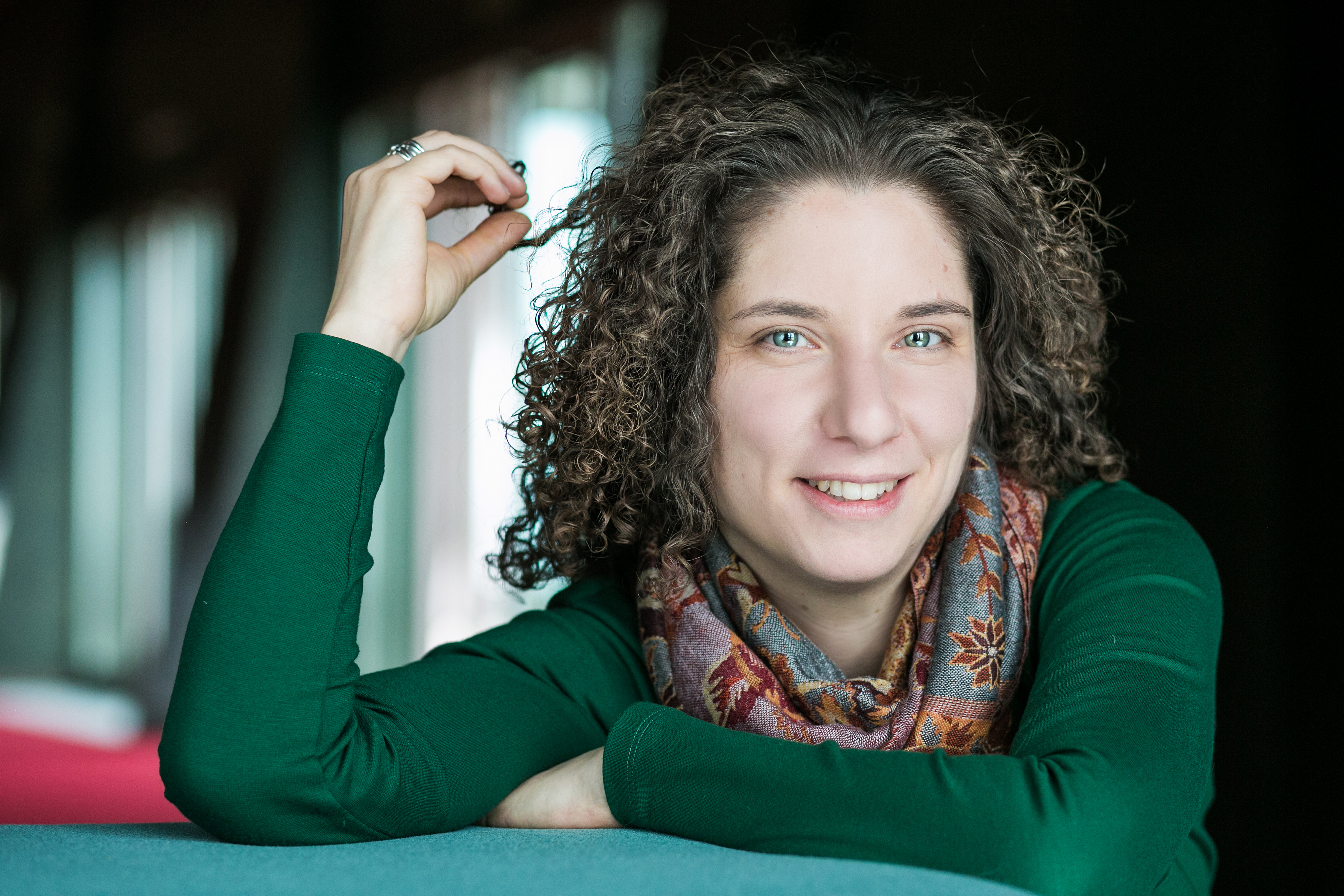Janina Szomolányi, Operating Director of Bartók Spring International Arts Weeks, is one of the defining figures of Hungarian festival life, the heart and soul of the large, nationwide arts series organised by Müpa. She talks to us about this year’s productions, exhibitions and groundbreaking venues, offering a behind-the-scenes look at the challenges of organising the festival – and, of course, outlining what audiences can expect at this year’s Bartók Spring.
We Love Budapest: Classical music, world music, jazz, dance, theatre, foreign stars, emerging Hungarian talent, lots of colourful events – a real cavalcade of arts for the second year in a row. This is the Bartók Spring International Arts Weeks organised by Müpa. What was the experience of the first year? What can we expect at the festival this year?
Janina Szomolányi: The first Bartók Spring was planned and organised during a very strange period, right in the middle of a pandemic. The festival, which ended up being presented exclusively on digital platforms, was a great success, with fantastic concerts and performances on people’s screens, at home and around the world. The second Bartók Spring will be different, in that it will be the first actual live one, with the possibility of personal encounters. We have a very colourful multi-arts programme, including countless world stars, from classical music to dance, and new circus and world music to jazz. But what is perhaps also important for the organisers and the audience is that we can finally really meet in concert halls, exhibition halls and clubs, at the most exciting venues in the country!

WLB: Müpa is the only organiser of Bartók Spring. What are the challenges of organizing a festival covering Budapest and three other major cities this year, Miskolc, Debrecen and Győr?
J Sz: The arts world is still very cautious, so it has been a challenge in recent times to deal with any unexpected changes in international tour times more than usual, but we are handling this on a more routine basis now. However, this year’s organisation was determined by the tour dates in addition to Budapest, so we started to build and introduce a special national edition of Bartók Spring in other cities. We work with great partners, there are no questions or requests that do not receive a site-specific proposal in no time – perhaps the biggest and most exciting task was finding suitable façades for the band BANDALOOP, pioneers of vertical dance, in Győr and Debrecen.
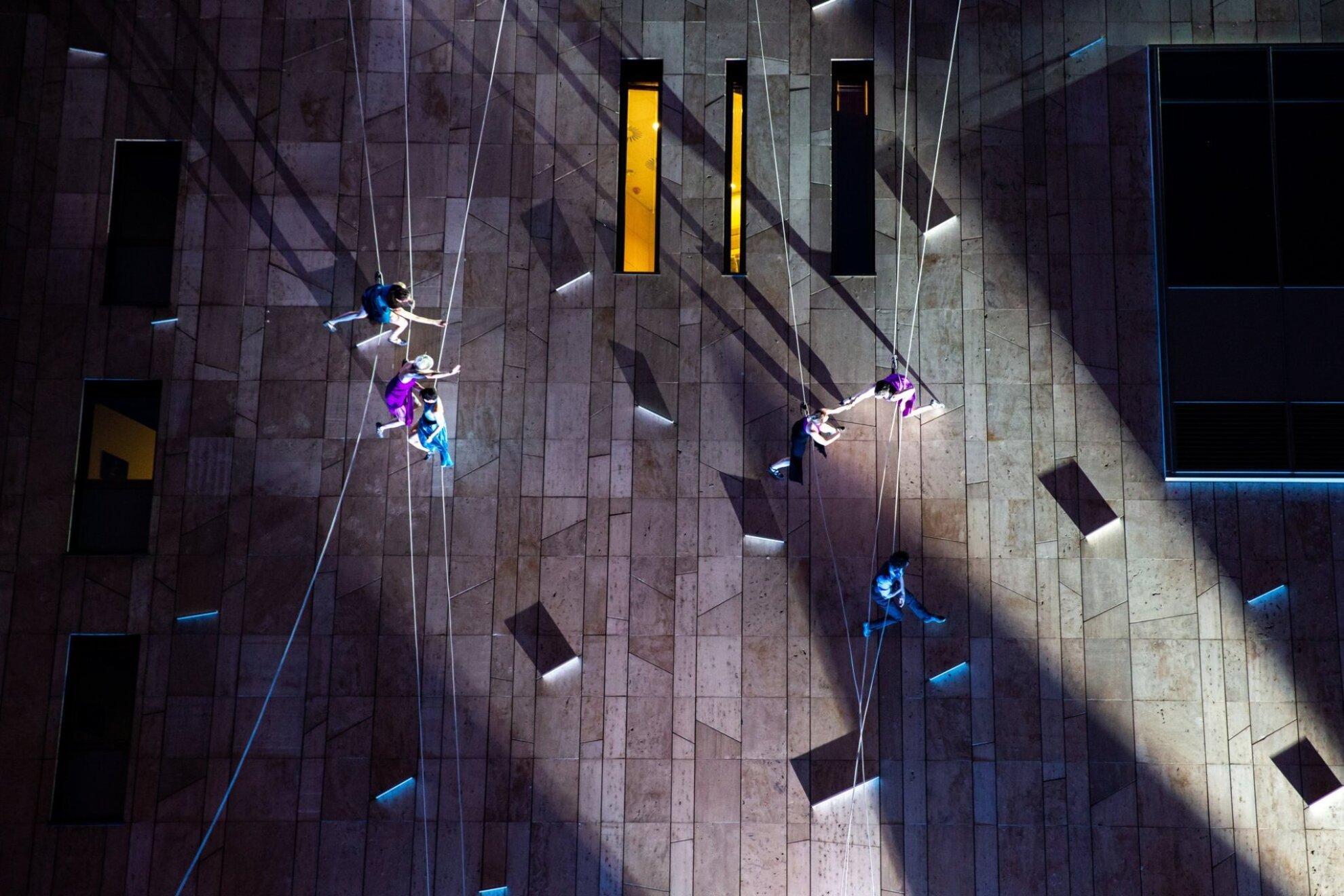
WLB: Many world-famous classical music stars are coming to Hungary. You can enjoy theatrical premieres and dance premieres, and young talent play pop music concerts. What will be the outstanding events of Bartók Spring this year?
J Sz: Superstars such as Julia Fischer and the Rundfunk-Sinfonieorchester Berlin, and the Branford Marsalis and Quartet, accompanied by Hungarian musicians, will present the work that Marsalis composed for Müpa’s 15th birthday. New York Metropolitan star Anthony Roth Costanzo wll be visiting Hungary for the first time, accepting our proposal to take the stage with a Hungarian band. Ton Koopman and Philippe Herreweghe will be here with their own ensemble, and after its Berlin premiere in concert form, Péter Eötvös’ new opera, Sleepless, will be heard in Hungary for the first time. Celebrating the tenth anniversary of their existence, Recirquel are preparing a new show, but to our great delight, Circa – one of today’s most significant dance and new circus ensembles – have also included Budapest on their 2022 tour.
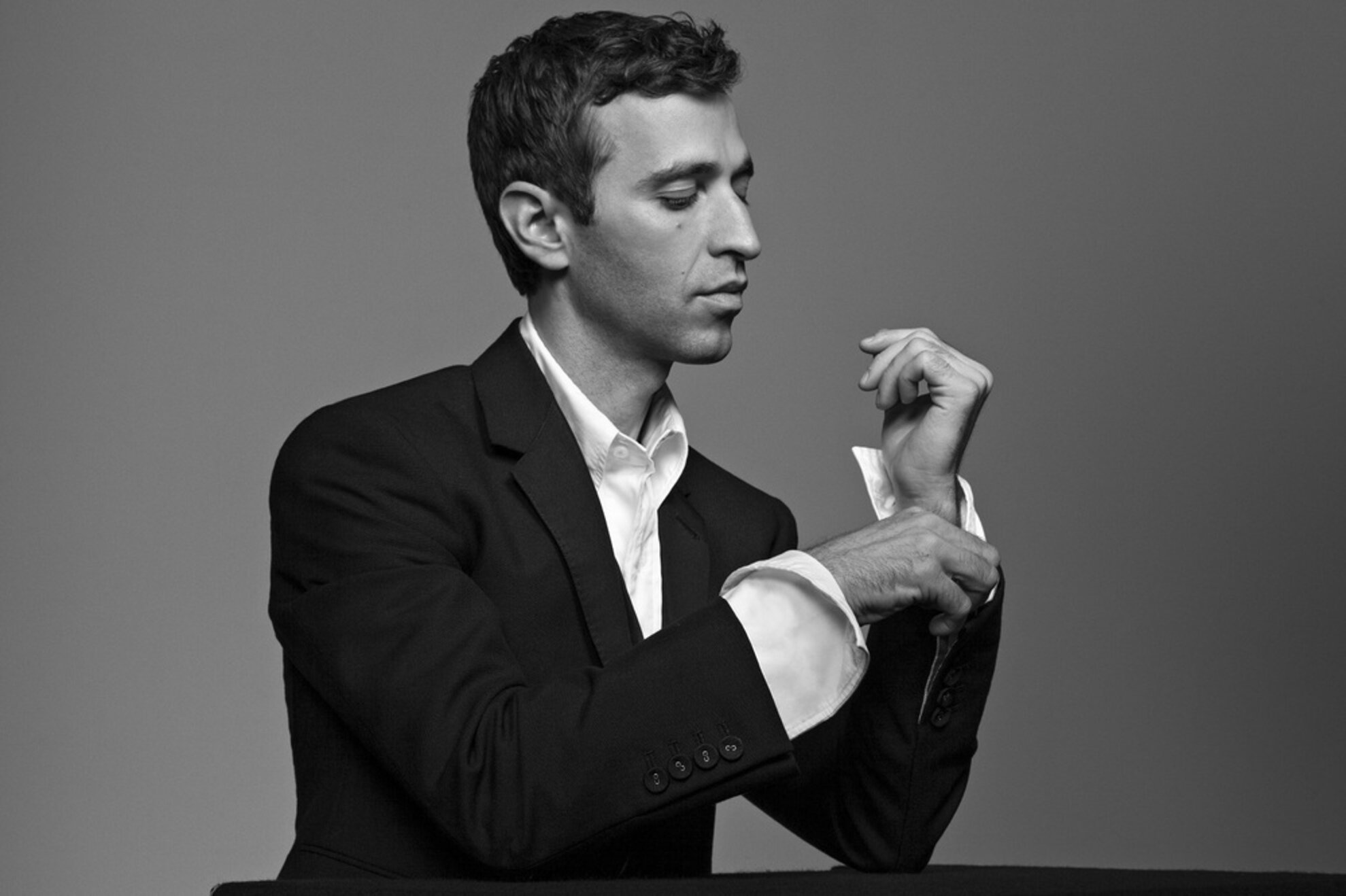
WLB: Béla Bartók’s name is inseparable from Hungarian culture, but his influence still extends far beyond our borders, providing continuous inspiration to world-famous musicians. How will performances at the festival pay tribute to Bartók?
J Sz: Bartók’s curious and exploratory spirit was a great inspiration when they founded the well-known world music series, Budapest Ritmo. Apart from that, there will also be special features such as Dénes Várjon and Concerto Budapest’s first two concerts in a series showcasing all of Bartók’s piano pieces and additional attractions including Ensemble Mini and Uri Caine’s Bartók project. Another interesting feature will be Pure Source which presents an element of Bartók’s folk music research on Arabic music, still little-known in Hungary. The collaboration between the Ballet Company of Győr and the Hungarian State Folk Ensemble was a huge success on Hungarian Day at the Dubai World Expo in the middle of March and now gets its world premiere as part of a multi-arts night. We are glad that a Hungarian audience can finally see it as well!
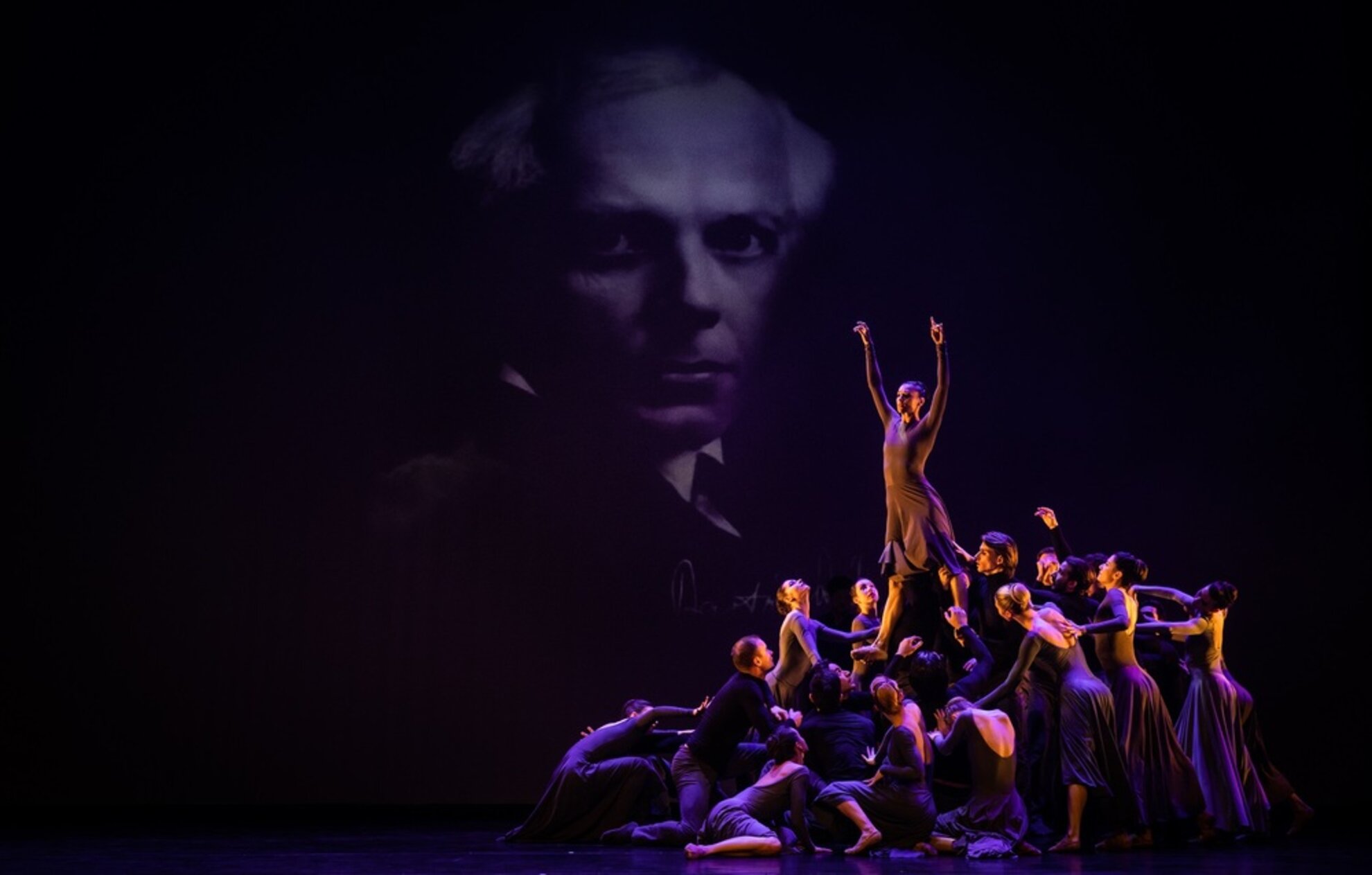
WLB: The schedule of Bartók Spring Festival takes us to many exciting venues in Budapest, such as the House of Hungarian Music or the recently reopened Opera House. How were these venues selected?
J Sz: In addition to the well-known cultural venues such as Müpa, the Franz Liszt Music Academy, the Budapest Music Center, Akvárium and the Museum of Fine Arts, we are always on the look-out for new possibilities. Apart from discovering the recently reopened venues, it’s important for us to plan for the long term, finding venues that appear in Budapest, and connecting the festival with them. Moving into the digital space last year, special concert films were made. And although this year will be dedicated to offering a personal experience, we are still making concert films as part of Budapest Ritmo so, for example, the Toldi cinema will also be among the venues.
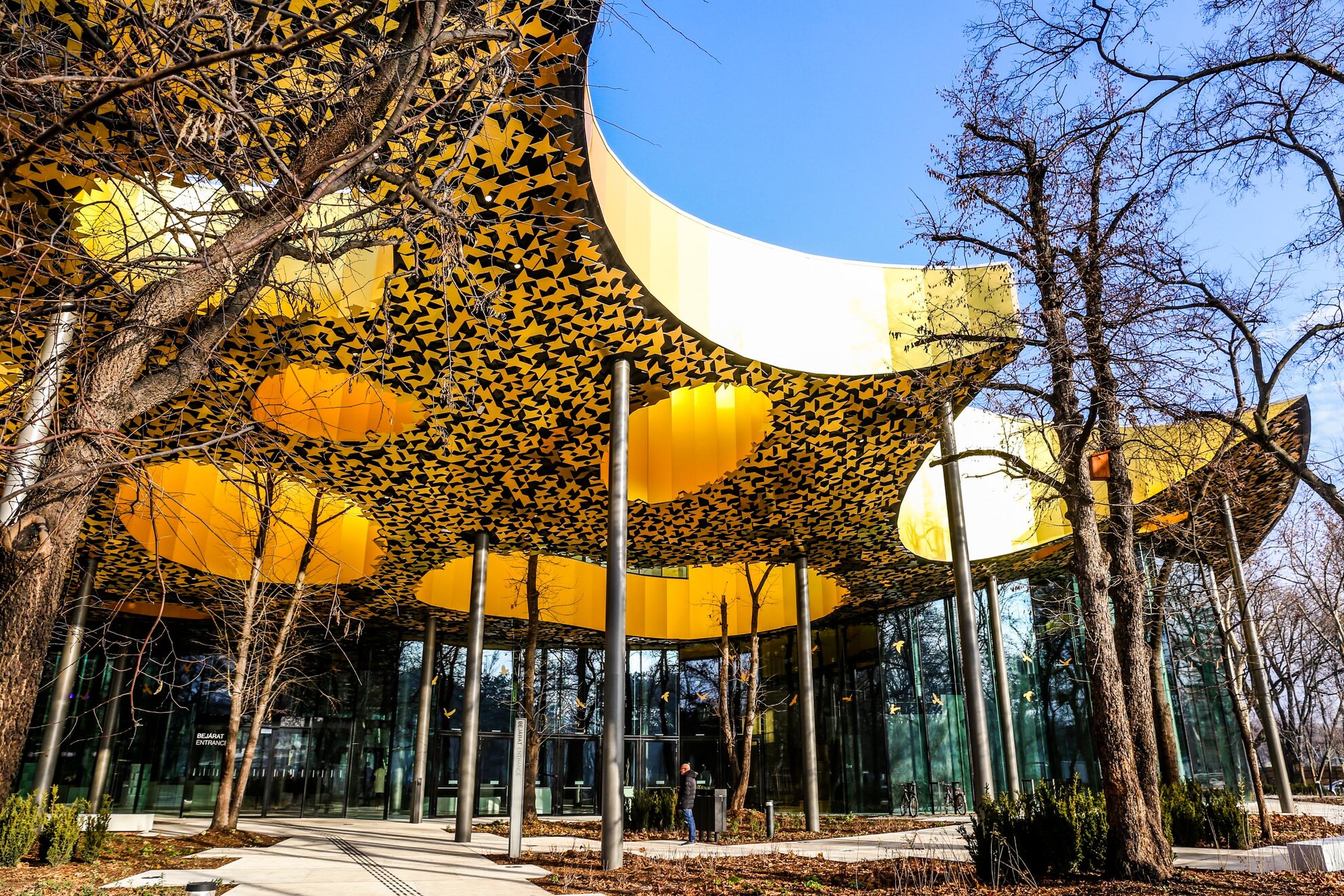
WLB: Not only a large number of musical events, but also many great exhibitions await visitors to Bartók Spring. For example, we are very much looking forward to the opening of the Bosch exhibition at the Museum of Fine Arts. Which museums does Müpa work with, and what exhibitions can festival visitors expect this year?
J Sz: In addition to the Museum of Fine Arts, the Art Deco Budapest exhibition at the Hungarian National Gallery will also be part of the festival, and we are organising the Extended Present international exhibition together with the Ludwig Museum. Visitors to Müpa will be able to see a display showing Bartók’s work as a folk-music researcher.
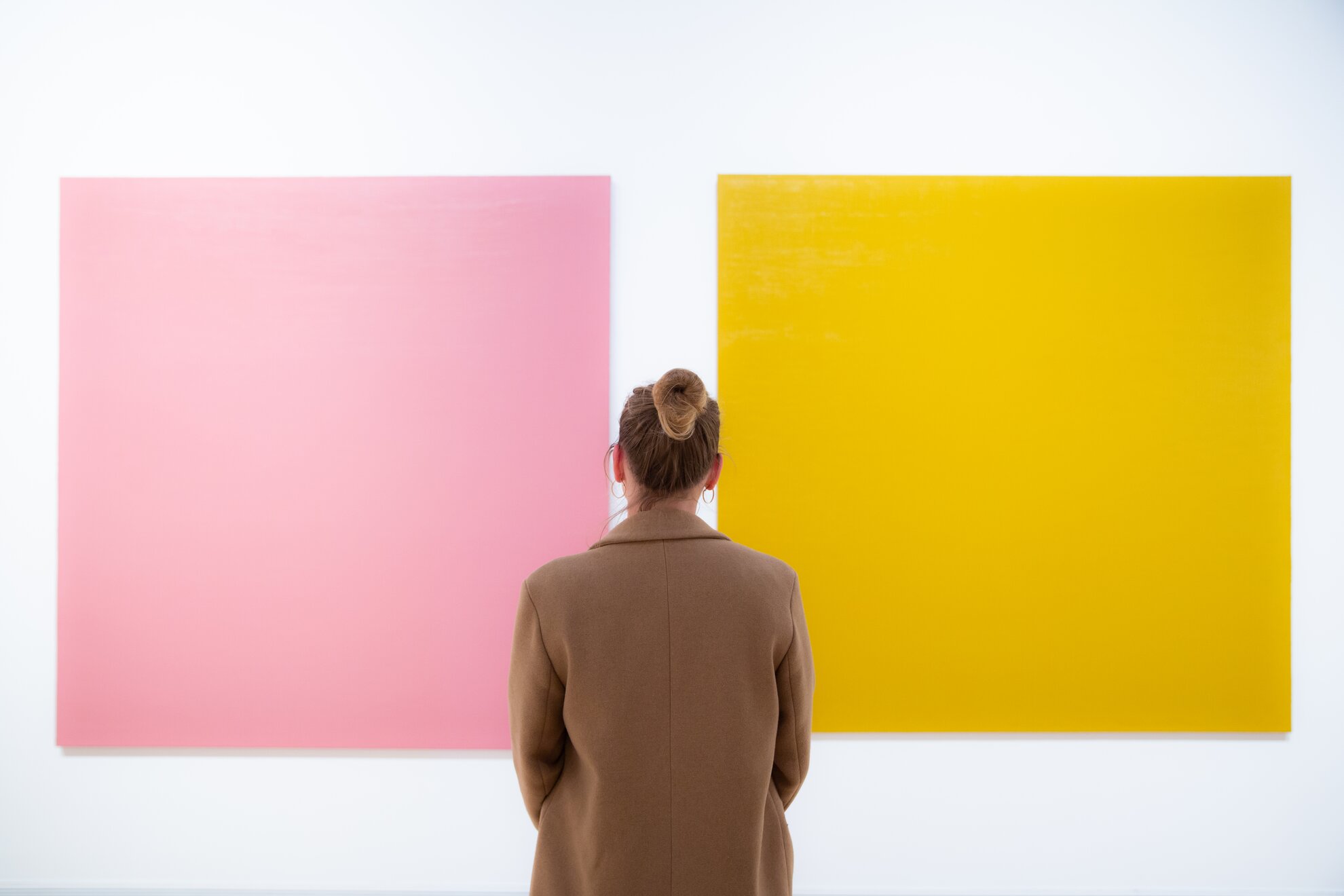
WLB: Last year was overshadowed by the pandemic, but thanks to the many creative solutions, we didn’t go without cultural activity, and the events of Bartók Spring Festival could be followed online. Fortunately, the situation is much better this year, but will live streams remain available?
J Sz: This year, we want the festival to be about the joy of events that audiences can experience together with the performers, without having to wear a mask. Of course, there will be events that will be streamed live on the festival website so they can be watched from home and from anywhere in the world.

WLB: Which event should you not miss at this year’s Bartók Spring?
J Sz: If I could, even if only for a short time, I would watch them all, but this is not possible because of the many events, and also because the organising team is usually behind the scenes at this time. In Budapest, maybe I will have the opportunity to sit in for the Easter dance performance of the Hungarian State Folk Ensemble, partly out of relief, because this will be the final performance in the capital. At other venues across the country, I will definitely watch the BANDALOOP performances, listen to the concerts of Ritmo Piknik, and I would like to see all of the dance performances which were only digitally available last year, such as live shows by the Ballet Company of Győr, the Szeged Contemporary Ballet, the Pécs Ballet and the Hungarian National Dance Ensemble in one of our major cities.
Event information
You can find further information about the Bartók Spring International Arts Weeks here
